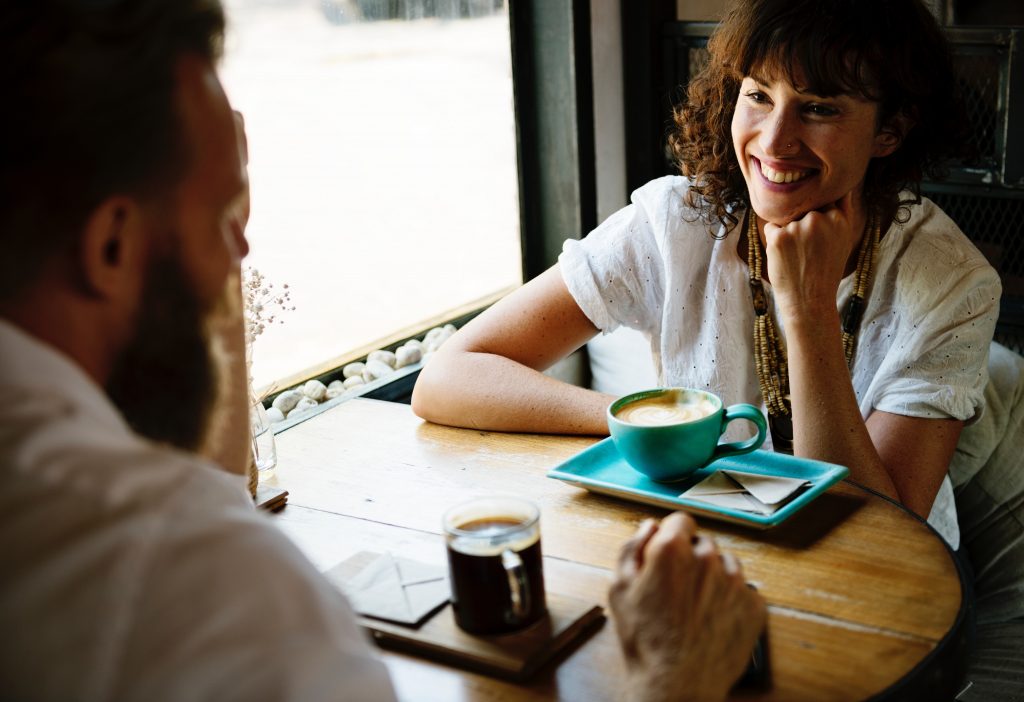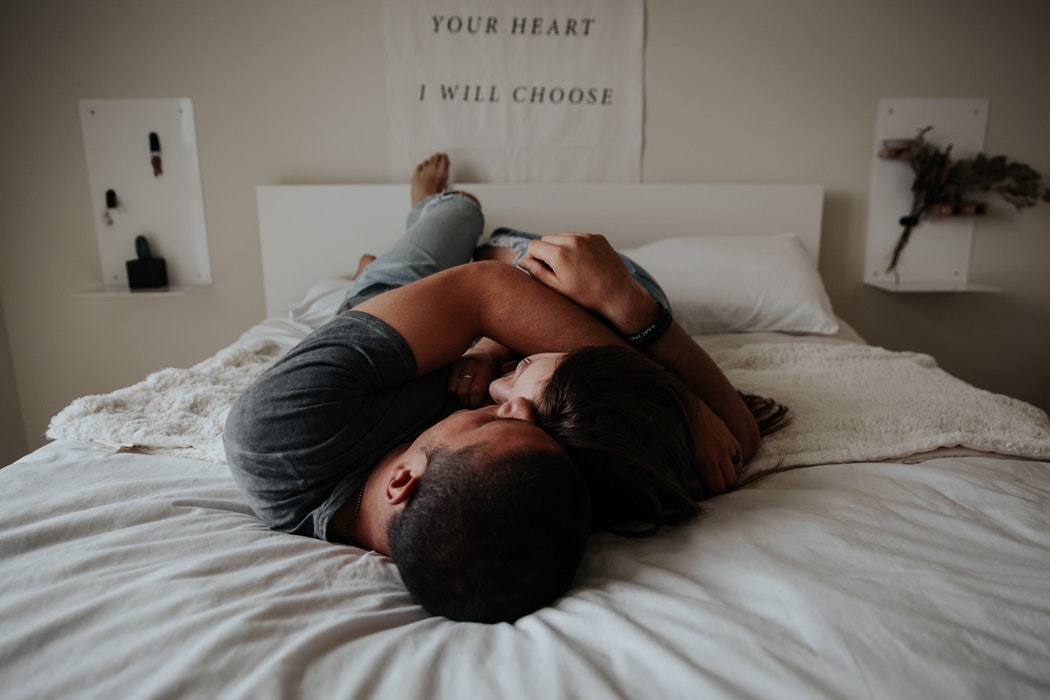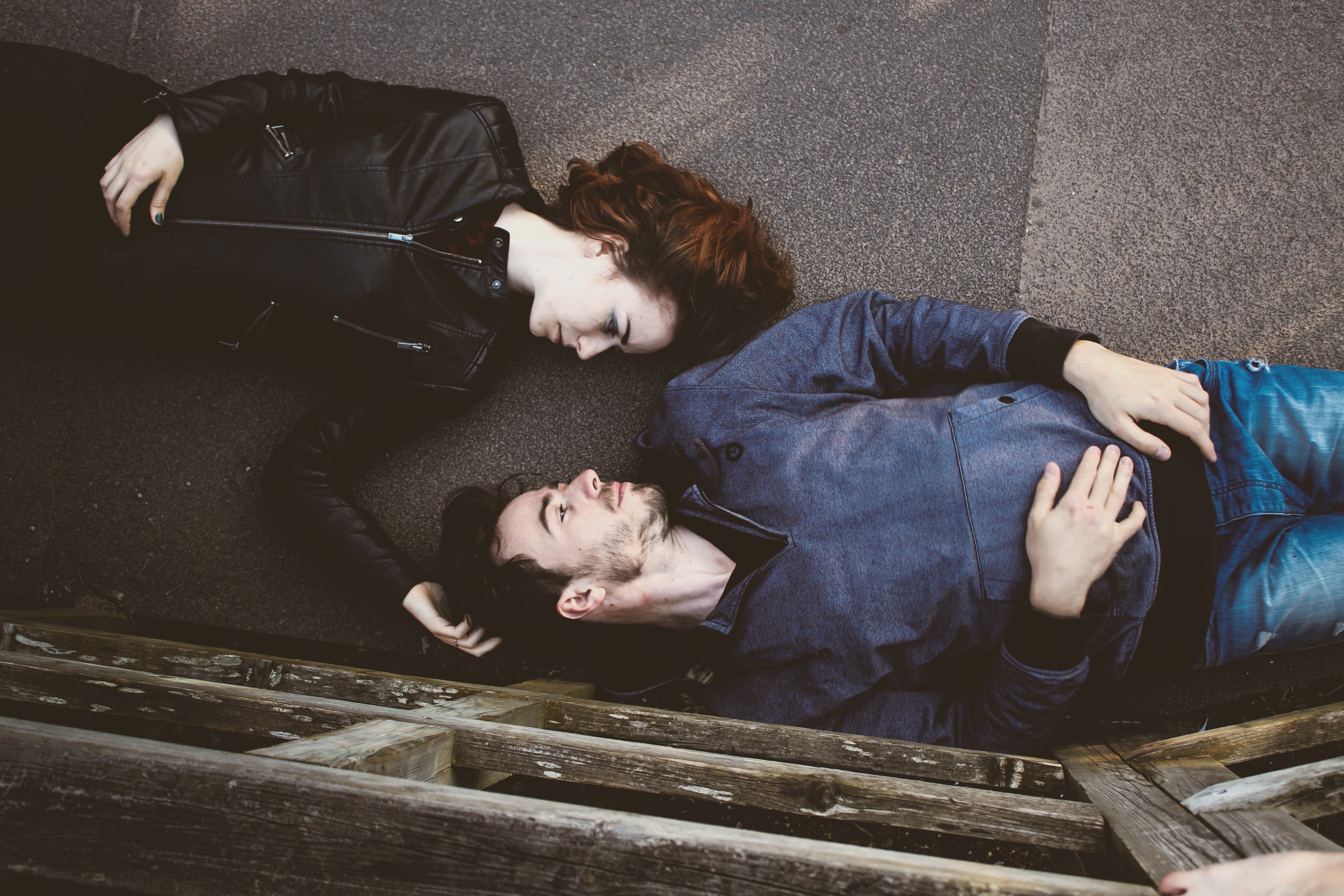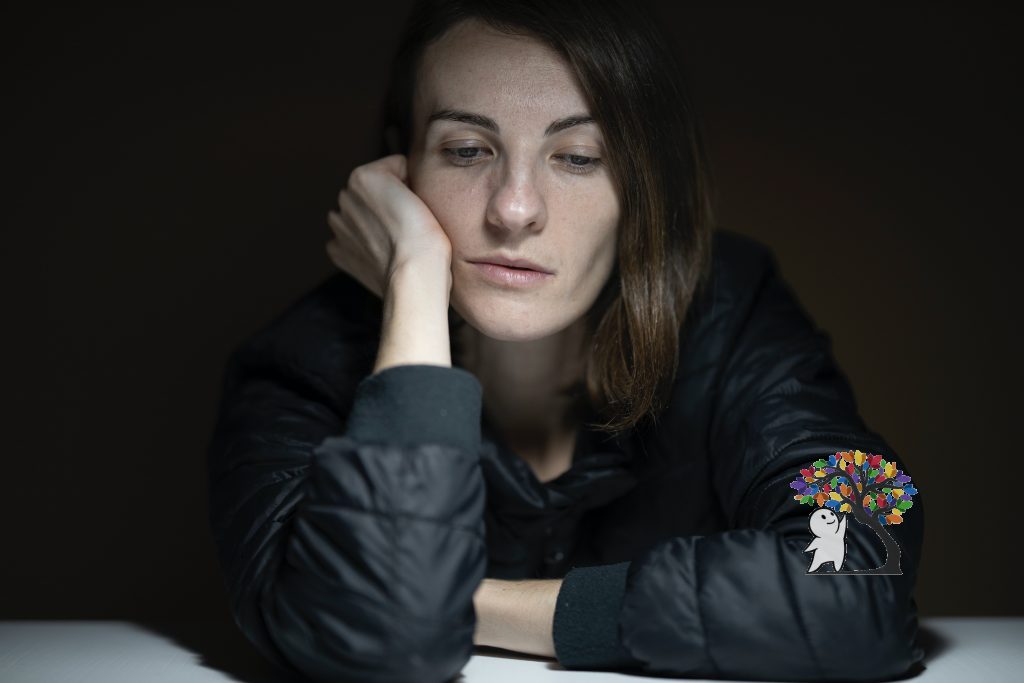4 Practical Psychology Tips To Make Yourself More Attractive

Have you ever wondered what it is that makes someone attractive to someone else? Or why it is that someone might find a person incredibly good-looking, but then someone else might think they’re not? The reason for this disparity is that there are lots of different factors that influence perceived attractiveness. In this article we’ll look at four psychological factors that influence attractiveness, and we’ll show you how you can use this knowledge in real life.
1. People similar to each other find each other more attractive.
 Psychology has shown that people with similar traits find each other more attractive. Byrne (1961) asked people’s attitudes towards certain issues, and also asked if they were important. They then shared other’s attitudes to these issues. People reported more positive feelings about those with similar views to them. How true is this when you look at real couples though? It has been found by multiple people that married couples are usually similar in terms of things such as: – education, socio-economic status, and physical attractiveness (Mursten & Christy, 1976; Feingold, 1988). So if you want to get your crush to like you more, find out what you guys have in similar and play it up.
Psychology has shown that people with similar traits find each other more attractive. Byrne (1961) asked people’s attitudes towards certain issues, and also asked if they were important. They then shared other’s attitudes to these issues. People reported more positive feelings about those with similar views to them. How true is this when you look at real couples though? It has been found by multiple people that married couples are usually similar in terms of things such as: – education, socio-economic status, and physical attractiveness (Mursten & Christy, 1976; Feingold, 1988). So if you want to get your crush to like you more, find out what you guys have in similar and play it up.
2. Physical attractiveness is important to people (despite what they might say!)
 People often say looks don’t mean that much to them, but research seems to suggest otherwise. For example, one study found that people did seem to pick attractive people over unattractive people as those that they liked more. This is most likely due to something known as the “halo effect”. This effect means that often we attribute good internal qualities to those who are attractive, even though looks have nothing to do with how someone is as a person. Research has shown this to be true, as people in the study said that attractive people had more good internal qualities, which where nothing to do with attractiveness. It can be difficult to increase your natural attractiveness, but good ways to try and do this could be to find out which of your styles your crush likes and wear that style more, or work on making sure you look happy as often happier people are told they look more attractive.
People often say looks don’t mean that much to them, but research seems to suggest otherwise. For example, one study found that people did seem to pick attractive people over unattractive people as those that they liked more. This is most likely due to something known as the “halo effect”. This effect means that often we attribute good internal qualities to those who are attractive, even though looks have nothing to do with how someone is as a person. Research has shown this to be true, as people in the study said that attractive people had more good internal qualities, which where nothing to do with attractiveness. It can be difficult to increase your natural attractiveness, but good ways to try and do this could be to find out which of your styles your crush likes and wear that style more, or work on making sure you look happy as often happier people are told they look more attractive.
3. Social rewards increase the amount people are attracted to others.
 This next point is built around the basis of reinforcement. Reinforcement suggests we can increase or decrease a behaviour by either rewarding or punishing it. This concept appears to be applicable to people’s feelings of attraction to. This was shown in a possibly controversial way by Berg and McQuinn (1998). They showed from their real life data, that marriage longevity seemed to be positively related to the amount of material gifts both partners received! Furthermore, it’s not just material rewards which seem to work as a reinforcer. Other researchers have also found that we have a higher attraction to people who offer us a lot of positive praise (Baumeister & Bushman, 2008). So, if you want to get your crush to like you, it seems either buying them gifts, or positively praising them could help!
This next point is built around the basis of reinforcement. Reinforcement suggests we can increase or decrease a behaviour by either rewarding or punishing it. This concept appears to be applicable to people’s feelings of attraction to. This was shown in a possibly controversial way by Berg and McQuinn (1998). They showed from their real life data, that marriage longevity seemed to be positively related to the amount of material gifts both partners received! Furthermore, it’s not just material rewards which seem to work as a reinforcer. Other researchers have also found that we have a higher attraction to people who offer us a lot of positive praise (Baumeister & Bushman, 2008). So, if you want to get your crush to like you, it seems either buying them gifts, or positively praising them could help!
4. Familiar people are more attractive to us.
 This factor is based upon something called the “mere exposure effect”. This effects that merely by seeing something more often, we like it more. It has been shown in lab studies that we tend to like stimuli which is repeated to us multiple times, over stimuli which has been shown once (Baumeister & Bushman, 2008). Therefore, it seems meaningless stimuli is more attractive when it is familiar. However, does this also work with people? A similar study was conducted in the same manner, but instead of random stimuli faces where used. Somewhere presented once, and somewhere presented lots of times. Those presented more where rated as more attractive (Peskin & Newell, 2004). This was true even if the context is negative (Saegent et al., 1973). Therefore, another way to try and get your crush to like you may be to spend more time with him. Even if it’s just being at the same place, the same club, the same hangout spot, this should make them find you more attractive.
This factor is based upon something called the “mere exposure effect”. This effects that merely by seeing something more often, we like it more. It has been shown in lab studies that we tend to like stimuli which is repeated to us multiple times, over stimuli which has been shown once (Baumeister & Bushman, 2008). Therefore, it seems meaningless stimuli is more attractive when it is familiar. However, does this also work with people? A similar study was conducted in the same manner, but instead of random stimuli faces where used. Somewhere presented once, and somewhere presented lots of times. Those presented more where rated as more attractive (Peskin & Newell, 2004). This was true even if the context is negative (Saegent et al., 1973). Therefore, another way to try and get your crush to like you may be to spend more time with him. Even if it’s just being at the same place, the same club, the same hangout spot, this should make them find you more attractive.
Let us know what you think of this list. Do you agree or disagree?
References
Baumeister, R.F. & Bushman, B. (2008). Social Psychology and Human Nature (1st Edition). Belmont, CA: Wadsworth.
Barocas, R., & Karoly, P. (1972). “Effects of physical appearance on social responsiveness.” Psychology Reports 31:772-781.
Byrne, D. (1961). “Interpersonal Attraction and Attitude Similarity.” Journal of Abnormal and Social Psychology 62 (3): 713-715.
Murstein, B. & Christy, P. (1976). “Physical attractiveness and marriage adjustment in middle-aged couples.” Journal of Personality and Social Psychology 34: 537-542.
Feingold, A. (1988). “Matching for attractiveness in romantic partners and same-sex friends: a meta analysis and theoretical critique.” Psychological Bulletin. 104: 226-235.
Berg, J. & McQuinn, R. (1986). “Attraction and Exchange in Continuing and Noncontinuing Dating Relationships.” Journal of Personality and Social Psychology 50 (5): 942-952.
Peskin, M. & Newell, F. (2004). “Familiarity breeds attraction: Effects of exposure on the attractiveness of typical and distinctive faces”. Perception. 33: 147-157.
Saegert, S., Swap, W., & Zajonc, R. (1973). “Exposure, Context, and Interpersonal Attraction.” Journal of Personality and Social Psychology 25 (2): 234-242.




Responses